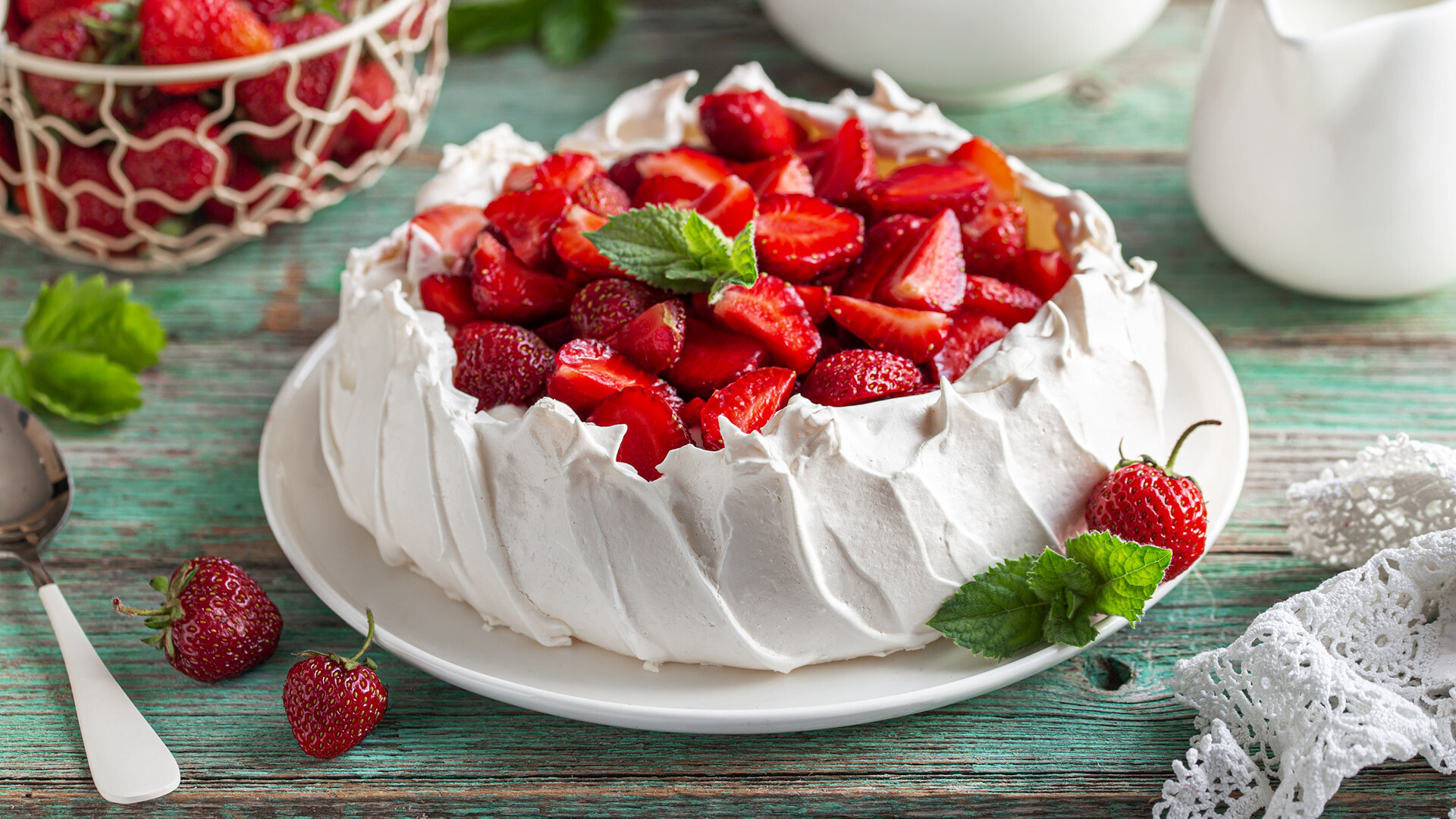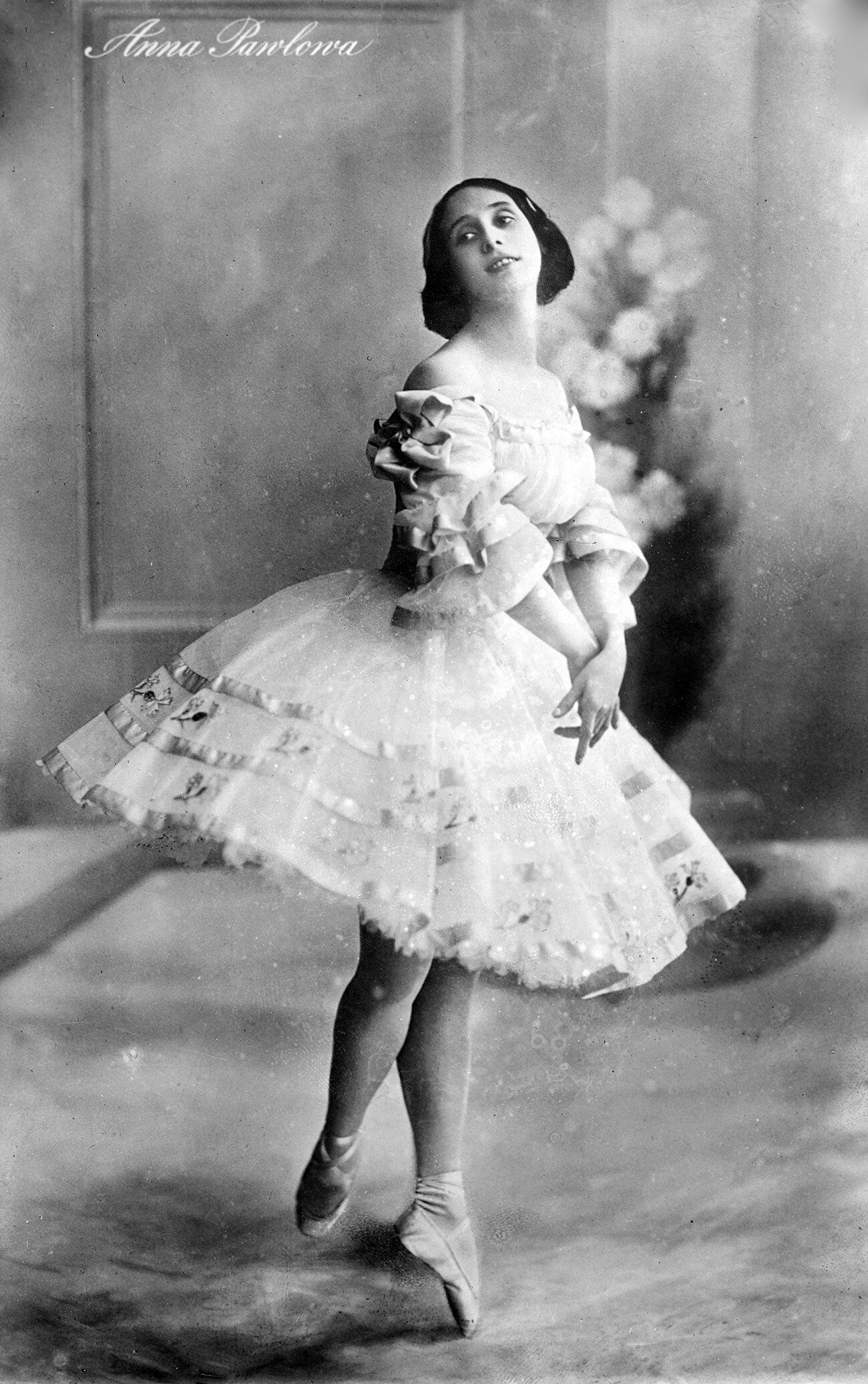
Where did the ‘Pavlova’ dessert come from?

White, airy meringue, whipped cream and fresh berries are the main features of the famous 'Pavlova' dessert. Some confectioners prefer to prepare it in the form of a cake, others as individual mini cakes ('baby pavlovas').
The history of its appearance is connected with Russian ballerina Anna Pavlova’s New Zealand and Australia tour in 1926. By that time, she had already managed to perform leading roles in the ballets 'La Bayadere', 'Giselle' and 'Swan Lake', while also becoming famous in the choreographic miniature 'The Swan' (later it was renamed 'The Dying Swan').
 Anna Pavlova.
Anna Pavlova.
During her tour in New Zealand, the pastry chef of a Wellington hotel was so inspired by the ballerina's airy outfits that he decided to embody them in a new “snow-white” dessert.
According to another version, in 1935, already after the ballerina's death, a confectioner named Bert Sachet from Australia invented a new cake – which was "as airy as the ballerina Pavlova". And the name stuck with the cake. Since then, confectioners around the world have been trying to reproduce the grace and lightness of the dancer in their own way – experts count more than 600 different variations of the 'Pavlova' dessert!












